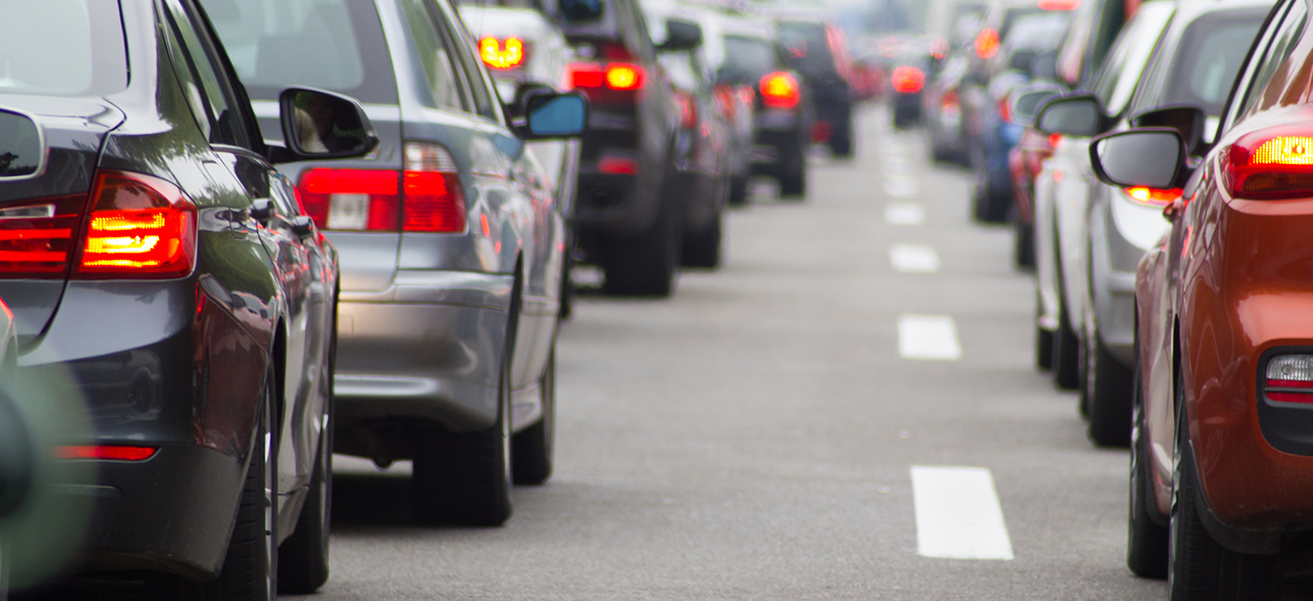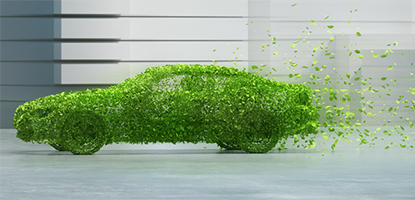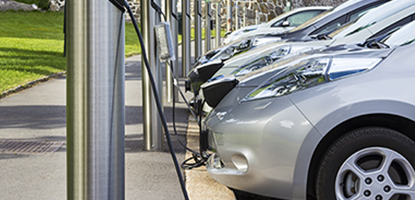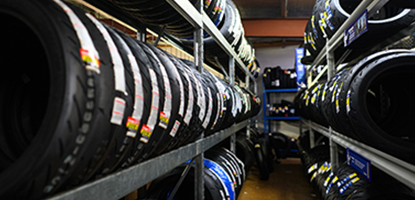March 2023
Tackling Emissions
Got questions about lowering emissions?
Cars today are built with exceptional quality, but critical components such as tyres, brakes, steering, and suspension - even EVs will need these components regularly checked. The day-to-day carbon emissions from your car come from the combustion of petrol or diesel in the engine. Fuel efficiency of an engine can get worse over time so regular maintenance of your vehicle can keep you safe and it can improve your fuel efficiency, saving you money and reducing carbon in your exhaust.
KEY QUESTIONS
- Isn't that what my WoF is for?
- How can I reduce my emissions right now?
- Who can help me lower my emissions?
- Is there a test for emissions?
Isn’t that what my WoF is for?
The WoF inspection is simply a safety check at a point in time – it confirms that your vehicle has not deteriorated below minimum standards set by the Government.
The WoF inspection is not a service, and it does not mean your car will be safe until the next inspection. You still need to keep an eye on the condition of your car.
How can I reduce my emissions right now?
There are two key methods – mechanical and behavioural.
Mechanical:
- Get your vehicle serviced by a professional, including replacing worn out components (like spark plugs, air filters, and oxygen sensors) and checking for software updates
- keep your tyres pumped to the right pressure - your local MTA member can help you figure out the correct pressure or see our list of handy tips here >>
- use the correct oil – check with your local MTA professional (workshop or authorised dealer service centre) to ensure you know the right oil for your car
- use the correct grade of petrol – you make no gains in performance by running 95 or 98 octane fuel in an engine designed for 91 grade fuel.
Behavioural:
- Drive moderately – avoid aggressive acceleration and braking
- stick to the speed limit
- use cruise control where appropriate (the car will determine optimum fuel use)
- remove roof racks/boxes (which cause drag on the car)
- remove unnecessary weight from the car (extra weight requires more fuel usage).
Research by the Environmental Protection Agency (EPA) in the US estimated fuel savings possible using the above techniques. MTA is commissioning research to find similar data for New Zealand. In the meantime, we’ve translated some of the American findings into the New Zealand context >>
Who can help me lower my emissions?
- Two important people here – you and your local MTA member
- a qualified automotive technician at any MTA member can help you find ways to improve your fuel efficiency and reduce costs and emissions
- if you are in the market for a replacement car, MTA dealer members can help you find the most fuel efficient and the safest vehicle in your price range.
Is there a test for emissions?
- All vehicles entering the country must comply with New Zealand’s exhaust emissions standards.
- used vehicles undergo a metered tailpipe test
- new vehicles are certified as being built to acceptable standards
- new Zealand looks to standards developed overseas, such as “Japan 05”, “ADR 79/04”, and “Euro 5”.
- there is currently no regulated standard for testing the emissions of vehicles on the road (“in service” vehicles) – MTA wants to work with Government to look at establishing emission standards across the existing fleet
- there are many MTA members who can provide you with an emissions test that will give you a report of your car’s exhaust profile
- this test could involve a tailpipe probe or might even be done with On-Board Diagnostic (OBD) equipment (also known as vehicle scanning equipment).
Further ways to reduce emissions
See our handy table on staying safe and reducing emissions >>




